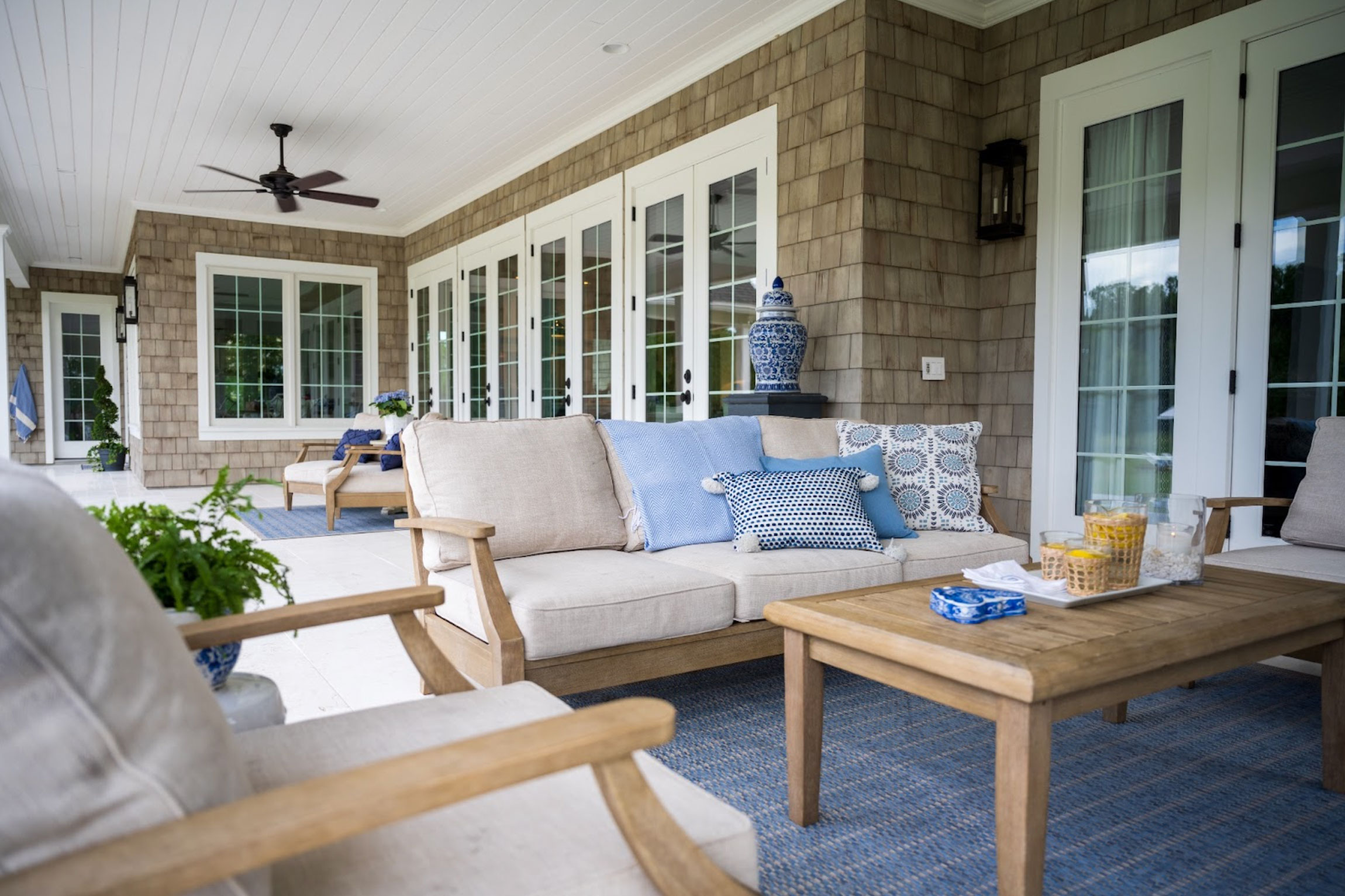With all the “fun” decisions to make in a new home, insulation might rank last. But, it’s crucial for the home and look at it this way: the more money you save by having an energy efficient home, the more money you can spend on fun stuff. Get this right and remind you husband of the low utility bill each month when you buy expensive shoes. 🙂 Win-win!

*If you’re just joining us, this is the seventh installment of a year long series documenting the building of our personal dream home. So far we’ve tackled Inspiration, Floorplans, Location, Breaking Ground, Roofing and Windows. Catch up here.

Types of Insulation
So, where do you start? There are a ton of insulation options and it really depends on the area you live in.

As the map above shows, different “R values” are require for different areas. What exactly IS an R value? Good question. R-values vary based on the type, thickness and density of the material being used. Insulation with a higher R-value will perform better than insulation with a lower rating.
Now that you know the R rating, what type of material should you choose? The most common insulation materials are fiberglass, cellulose and foam and come in the forms of loose fill, batts, rolls and spray.
Let’s talk about the major players, or most commonly used ones.

Blown In Insulation

See these holes in the plastic barrier? Thats where they blow the insulation in. The plastic barrier keeps it together before sheetrock goes up.
- Usually made of fiberglass or cellulose (recycled paper fiber).
- Blown or sprayed into place with pneumatic equipment.
- Ideal for hard-to-reach areas such as attics.
- Can fill wall cavities and installed over existing insulation

Batts and Rolls

This is what you probably think of when you think of insulation. It works well and the pink is so pretty!
Benefits of batts and rolls
- Pre-cut sections of fiberglass or rock wool insulation.
- Designed for easy handling and use between framing, such as studs and joists.
- Batts are available either with or without paper or aluminum foil facing.
- Batts can be used in floors, walls, attics and ceilings.
- Rolls come in continuous lengths ranging from 20 to 40 linear feet, so ideal where longer runs are needed.

Icynene

Think about an Igloo cooler to understand how Icynene works. The foam is sprayed in place and expands right there. Action shots coming below. So fun to watch!
Benefits of Icynene
- Latex or polyurethane spray foam insulation is sprayed into place with a spray can or specially designed equipment.
- Can be used to fill small gaps and cracks.
- Ideal for sealing around doors, windows and vents.
- Sets quickly and can be trimmed, painted or stained.

Decision Time
So, what did we decide on? We chose to do a mixture of 3 types of insulation, traditional fiberglass insulation both blow into the walls, fiberglass batting used for sound considerations in the bathroom and bedroom wall and Icynene on the ceilings. It keeps the cost down, while providing us with a completely energy efficient home.
A great resource for determining the best type of insulation is this post by the Department of Energy. Unbiased, with nothing to sell you, they really tackle the differences between the types of insulation and can really guide you much better than I can. 🙂

Standard Batt Insulation for the walls…it’s pink and sooooooo pretty! Shame to cover it up.

Installation
Once we had everything selected, the day arrived to have all the installation done from our truly installers. Let’s take a look!
Blown in Icynene for the ceilings. So fun to watch them in action installing it.






Mix of traditional batts and blown in fiberglass went everywhere else






We are so happy with the outcome. Again, insulation is certainly not the most exciting part of building a new home, but it needs to be done and done well. When you get your first few electric bills in the mail after moving in and they’re lower than you expected so buy yourself something! 🙂

Next up will be Sheetrock and Plastering. Yippee! Thanks for following along in the process of building our dream home. Catch up on the series here or visit any of the previous posts directly below.









